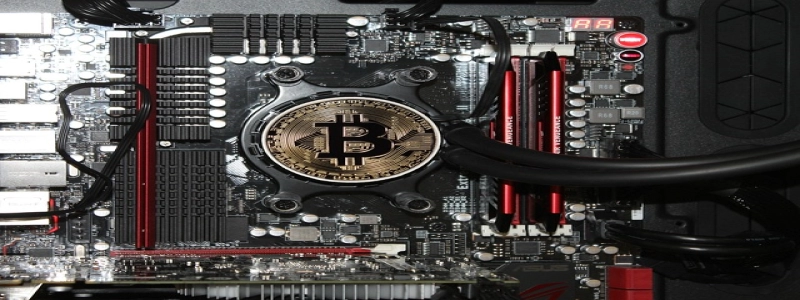Fiber Optic Cable Identification Tags
I. Introduction
A. Definition and Importance of Fiber Optic Cables
B. Need for Cable Identification Tags
II. Types of Fiber Optic Cable Identification Tags
A. Description of Physical Tags
1. Material Used
2. Size and Shape
3. Attachment Methods
B. Overview of Electronic Tags
1. RFID Technology
2. Benefits of Electronic Tags
III. Benefits of Using Fiber Optic Cable Identification Tags
A. Identification and Labeling
B. Maintenance and Troubleshooting
C. Cable Management and Organization
D. Safety and Compliance
IV. Factors to Consider when Choosing Cable Identification Tags
A. Durability and Reliability
B. Compatibility with Fiber Optic Cables
C. Ease of Installation and Removal
D. Cost-Effectiveness
V. Best Practices for Applying Fiber Optic Cable Identification Tags
A. Location and Placement
B. Proper Attachment Techniques
C. Documentation and Record-Keeping
D. Regular Inspection and Maintenance
VI. Conclusion
A. Recap of Importance of Fiber Optic Cable Identification Tags
B. The Role in Ensuring Efficiency and Safety in Fiber Optic Networks
I. Introduction
Fiber Optic Cable Identification Tags play a crucial role in the maintenance, troubleshooting, and organization of fiber optic networks. Fiber optic cables, made of thin strands of glass or plastic, transmit data at high speeds over long distances through the use of light signals. Identifying these cables accurately is essential for the efficient operation and management of such networks. This article aims to explore the various types of fiber optic cable identification tags, their benefits, factors to consider when choosing them, and best practices for their application.
II. Types of Fiber Optic Cable Identification Tags
Physical Tags are commonly used for identifying fiber optic cables. These tags, made of durable materials such as plastic or metal, are attached directly to the cables. They can be in the form of labels, sleeves, or wraps, and vary in size and shape. Some physical tags also incorporate color-coding for easy identification. On the other hand, Electronic Tags utilize RFID (Radio Frequency Identification) technology to enable wireless identification and tracking of cables. These tags come in the form of small chips or tags affixed to the cables. They provide real-time information about cable location and status.
III. Benefits of Using Fiber Optic Cable Identification Tags
Fiber Optic Cable Identification Tags offer numerous advantages in the operation and management of fiber optic networks. Firstly, they allow for accurate identification and labeling, reducing the risk of confusion and ensuring the right cables are targeted for specific tasks. Secondly, they simplify maintenance and troubleshooting processes by enabling technicians to quickly locate and isolate problematic cables. Thirdly, cable management and organization are improved, preventing tangles and facilitating cable tracing. Lastly, these tags contribute to safety and compliance, as they provide crucial information regarding cable type, specifications, and installation date.
IV. Factors to Consider when Choosing Cable Identification Tags
When selecting fiber optic cable identification tags, several factors should be taken into account. Durability and reliability are essential, as these tags must withstand the harsh environments in which fiber optic cables are often installed. Compatibility with fiber optic cables is critical, as certain tags may not adhere properly or cause damage to the cable surface. Ease of installation and removal should also be considered to streamline the tagging process and minimize disruption. Finally, cost-effectiveness is crucial, ensuring that the chosen tags offer a reasonable balance between price and quality.
V. Best Practices for Applying Fiber Optic Cable Identification Tags
Applying fiber optic cable identification tags requires careful attention to ensure their effectiveness. Proper location and placement of tags should be determined to facilitate accessibility and visibility during maintenance or repairs. Specific attachment techniques, such as adhesive labels or heat-shrink sleeves, should be followed to guarantee a secure fit without compromising cable integrity. Documentation and record-keeping practices should accompany the tagging process, providing a clear reference for future management. Regular inspection and maintenance of the tags and cables are recommended to ensure continuous functionality.
VI. Conclusion
Fiber Optic Cable Identification Tags are essential components in the efficient operation and management of fiber optic networks. By accurately labeling and identifying cables, these tags contribute to easier maintenance and troubleshooting, improved cable management, and enhanced safety and compliance. When choosing cable identification tags, factors such as durability, compatibility, ease of installation, and cost-effectiveness should be considered. Adhering to best practices during application, including proper location and attachment techniques, documentation, and regular inspection, further ensures their effective use. Ultimately, fiber optic cable identification tags play a vital role in ensuring the efficiency and safety of fiber optic networks.







